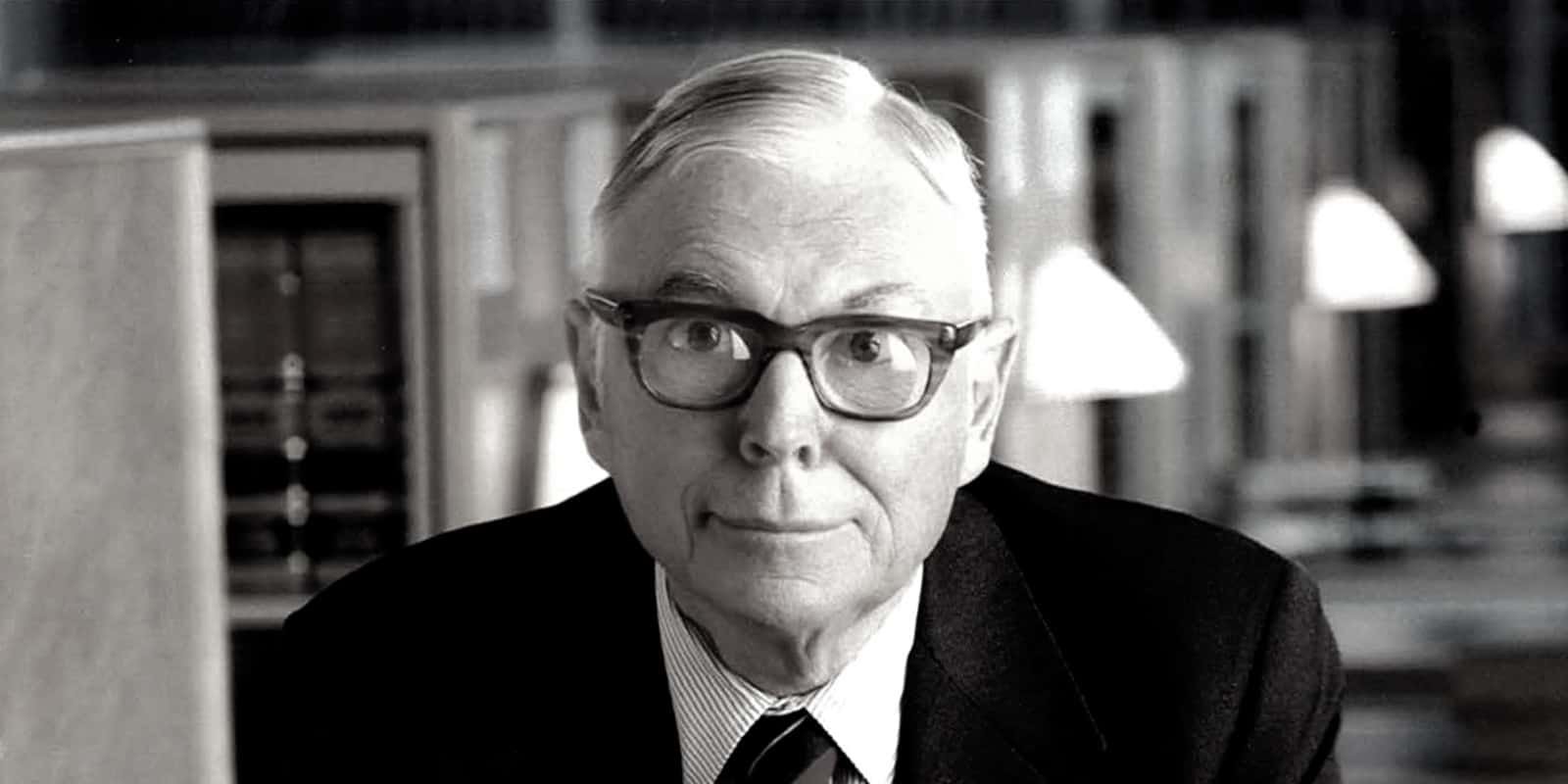Table of Contents
Introduction
Vladimir Lenin, a name synonymous with revolution, Marxism, and the birth of the Soviet Union, remains one of the most influential figures in modern history. His leadership in the 1917 Russian Revolution and his role in establishing the world’s first socialist state reshaped global politics in the 20th century. This comprehensive Vladimir Lenin biography explores his early life, political awakening, revolutionary activities, leadership of the Bolsheviks, and enduring legacy. Whether you’re a history enthusiast or a student of political theory, understanding Lenin’s journey offers critical insights into the forces that shaped the modern world.
Early Life of Vladimir Lenin: A Foundation for Revolution
Vladimir Ilyich Ulyanov, later known as Vladimir Lenin, was born on April 22, 1870, in Simbirsk (now Ulyanovsk), a provincial town along the Volga River in the Russian Empire. His father, Ilya Nikolaevich Ulyanov, was a progressive educator and inspector of schools, while his mother, Maria Alexandrovna Blank, came from a cultured family with German and Swedish roots. Lenin’s upbringing was comfortable and intellectually stimulating, a stark contrast to the poverty and oppression that would later fuel his revolutionary zeal.
Lenin was the third of six children, and his family valued education and discipline. His early years were marked by academic excellence—he excelled in classical languages, literature, and history. However, tragedy struck in 1886 when his father died of a brain hemorrhage. The following year, Lenin’s older brother, Alexander, was executed for his involvement in a plot to assassinate Tsar Alexander III. Alexander’s radicalism and execution profoundly influenced Lenin, planting the seeds of rebellion against the autocratic regime.
This turning point in Lenin’s life is often highlighted in any Vladimir Lenin biography as the moment he began to question the Russian monarchy and explore radical ideologies. At 17, Lenin enrolled at Kazan University to study law but was expelled within months for participating in a student protest. This expulsion marked the beginning of his transformation from a studious youth to a committed revolutionary.
Lenin’s Political Awakening and Exile
After his expulsion, Lenin continued his studies independently and eventually earned a law degree from St. Petersburg University in 1891. However, his focus shifted from law to Marxism, a philosophy he encountered through the works of Karl Marx and Friedrich Engels. Marxism’s critique of capitalism and its vision of a classless society resonated with Lenin, especially as he witnessed the exploitation of Russian peasants and workers under Tsarist rule.
By 1893, Lenin had moved to St. Petersburg, where he joined Marxist circles and began writing revolutionary pamphlets. His early works, such as What the ‘Friends of the People’ Are (1894), showcased his ability to adapt Marxist theory to Russia’s unique socio-economic conditions. However, his activism drew the attention of the Tsarist police. In 1895, Lenin was arrested for distributing subversive literature and spent over a year in prison before being exiled to Siberia.
During his three-year exile in Shushenskoye, Lenin married Nadezhda Krupskaya, a fellow revolutionary, in 1898. He also used this time to write prolifically, including his seminal work, The Development of Capitalism in Russia (1899). This book argued that Russia was transitioning to capitalism, setting the stage for a proletarian revolution—a key theme in Lenin’s ideology. His exile, far from silencing him, solidified his resolve and intellectual foundation, making it a critical chapter in the Vladimir Lenin biography.
Lenin and the Russian Social Democratic Labor Party
After his exile ended in 1900, Lenin left Russia for Western Europe, where he continued his revolutionary work. Settling in cities like Munich, London, and Geneva, he co-founded the newspaper Iskra (“The Spark”) with fellow Marxists, including Georgi Plekhanov and Julius Martov. Iskra became a platform to spread Marxist ideas and organize revolutionary activity within Russia.
In 1902, Lenin published What Is to Be Done?, a pamphlet that outlined his vision for a disciplined, centralized revolutionary party led by a vanguard of professional revolutionaries. This work laid the groundwork for the split within the Russian Social Democratic Labor Party (RSDLP) in 1903. At the party’s Second Congress, Lenin’s faction, advocating for a tight-knit organization, became known as the Bolsheviks (“majority”), while their opponents, favoring a broader membership, were dubbed the Mensheviks (“minority”).
The Bolshevik-Menshevik divide was a defining moment in Lenin’s career. His insistence on a revolutionary vanguard reflected his belief that the working class, left to its own devices, would not spontaneously overthrow capitalism. This strategic vision would later prove instrumental in the success of the Russian Revolution, cementing Lenin’s status as a master tactician in revolutionary politics.
The 1905 Revolution and Years of Struggle
Lenin returned clandestinely to Russia during the 1905 Revolution, a wave of unrest sparked by the Russo-Japanese War and Bloody Sunday, when Tsarist troops fired on unarmed protesters. Although the revolution failed to topple the monarchy, it gave Lenin valuable insights into mass mobilization and the limits of spontaneous uprisings. He argued that only a disciplined party could channel such unrest into a successful overthrow of the regime.
Following the revolution’s suppression, Lenin spent the next decade in exile, moving between European cities and refining his theories. He wrote extensively, critiqued rival socialists, and prepared the Bolsheviks for future opportunities. During World War I (1914–1918), Lenin condemned the conflict as an imperialist war and called for workers to turn their guns on their own governments—a stance that alienated him from many socialists but galvanized his followers.
The 1917 Russian Revolution: Lenin’s Triumph

The turning point in the Vladimir Lenin biography came in 1917, when Russia’s crumbling Tsarist regime and the chaos of World War I created a revolutionary opening. In February 1917, mass protests and strikes in Petrograd (now St. Petersburg) forced Tsar Nicholas II to abdicate, ending centuries of Romanov rule. A Provisional Government took power, but its decision to continue the war and delay land reforms alienated the population.
Lenin, still in Switzerland, saw his chance. With German assistance—hoping to destabilize Russia—Lenin returned in April 1917 via the famous “sealed train.” Upon arrival, he issued his April Theses, demanding “all power to the Soviets” (worker councils), an end to the war, and the redistribution of land. His radical platform electrified the Bolsheviks and the war-weary masses.
Over the next months, Lenin worked tirelessly to undermine the Provisional Government. On October 25–26, 1917 (November 7–8 in the Gregorian calendar), the Bolsheviks, under Lenin’s leadership, staged a coup known as the October Revolution. They seized key government buildings in Petrograd, arrested Provisional Government leaders, and declared a new Soviet government with Lenin at its helm. The revolution’s success marked the birth of the world’s first socialist state and a defining moment in Lenin’s legacy.
Lenin as Leader of Soviet Russia
As head of the Council of People’s Commissars, Lenin faced immense challenges. Russia was ravaged by war, famine, and economic collapse. To secure power, he signed the Treaty of Brest-Litovsk in March 1918, ending Russia’s involvement in World War I at the cost of vast territories. This decision sparked dissent among his allies but allowed the Bolsheviks to focus on consolidating control.
The Russian Civil War (1918–1922) tested Lenin’s leadership further. The Bolshevik “Reds” battled the anti-communist “Whites,” supported by foreign powers. Lenin instituted “War Communism,” a harsh policy of grain requisition and nationalization, to sustain the war effort. The Red Terror, a campaign of mass arrests and executions led by the Cheka (secret police), crushed opposition but alienated many.
By 1921, with the Reds victorious, Lenin introduced the New Economic Policy (NEP), a pragmatic retreat from War Communism. The NEP allowed limited private enterprise to revive the economy, reflecting Lenin’s adaptability. However, his health began to decline after surviving an assassination attempt in 1918, which left bullets lodged in his body.
Lenin’s Final Years and Death
Lenin suffered a series of strokes beginning in 1922, which progressively incapacitated him. His last major contribution was his Testament, a document warning against the concentration of power in Joseph Stalin’s hands and praising Leon Trotsky’s abilities. However, Lenin’s deteriorating condition prevented him from acting on these concerns.
On January 21, 1924, Lenin died at age 53 in Gorki, near Moscow. His death triggered a power struggle within the Bolshevik leadership, with Stalin ultimately emerging victorious. Lenin’s body was embalmed and placed in a mausoleum in Moscow’s Red Square, where it remains a symbol of his enduring influence.
Vladimir Lenin’s Legacy: A Polarizing Figure
The Vladimir Lenin biography would be incomplete without examining his legacy. To his supporters, Lenin was a visionary who liberated Russia from autocracy and capitalism, inspiring communist movements worldwide. His writings, including State and Revolution (1917), remain foundational texts in Marxist theory. The Soviet Union, which he founded, became a superpower, shaping global politics for decades.
Critics, however, point to the authoritarian measures of his regime—the Red Terror, suppression of dissent, and economic mismanagement—as evidence of a flawed legacy. The millions who died during the Civil War and subsequent Stalinist purges are often linked, fairly or not, to the system Lenin established.
Today, Lenin’s life is studied for its complexity. He was a thinker, strategist, and pragmatist whose actions reverberated far beyond Russia. Statues of Lenin have fallen in many places since the Soviet Union’s collapse in 1991, yet his ideas continue to provoke debate among scholars, activists, and policymakers.
Key Milestones in Vladimir Lenin’s Biography
- 1870: Born in Simbirsk, Russian Empire.
- 1887: Brother Alexander executed, radicalizing Lenin.
- 1895–1900: Arrested and exiled to Siberia.
- 1903: Leads Bolshevik faction of RSDLP.
- 1917: Returns to Russia, leads October Revolution.
- 1918–1922: Governs Soviet Russia through Civil War.
- 1924: Dies, leaving a contested legacy.
Conclusion: Why Vladimir Lenin’s Biography Matters Today
Vladimir Lenin’s biography is more than a historical recounting—it’s a lens through which to understand revolution, ideology, and power. From his early radicalization to his leadership of the Soviet state, Lenin’s life reflects the tumultuous spirit of his era. For those searching for insights into socialism, Russian history, or the dynamics of political upheaval, exploring the Vladimir Lenin biography offers a wealth of lessons.
As of February 22, 2025, Lenin’s story remains relevant. His triumphs and failures continue to inform debates about equality, governance, and the role of the state. Whether revered or reviled, Lenin’s mark on history is indelible, making his biography a vital study for anyone seeking to unravel the complexities of the 20th century and beyond.





One thought on “Vladimir Lenin Biography: The Life and Legacy of a Revolutionary Leader”
Comments are closed.